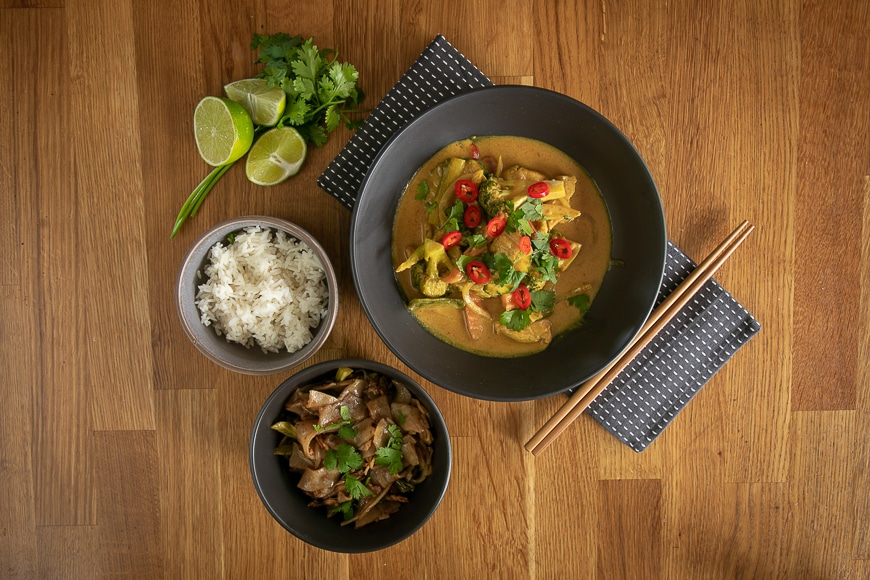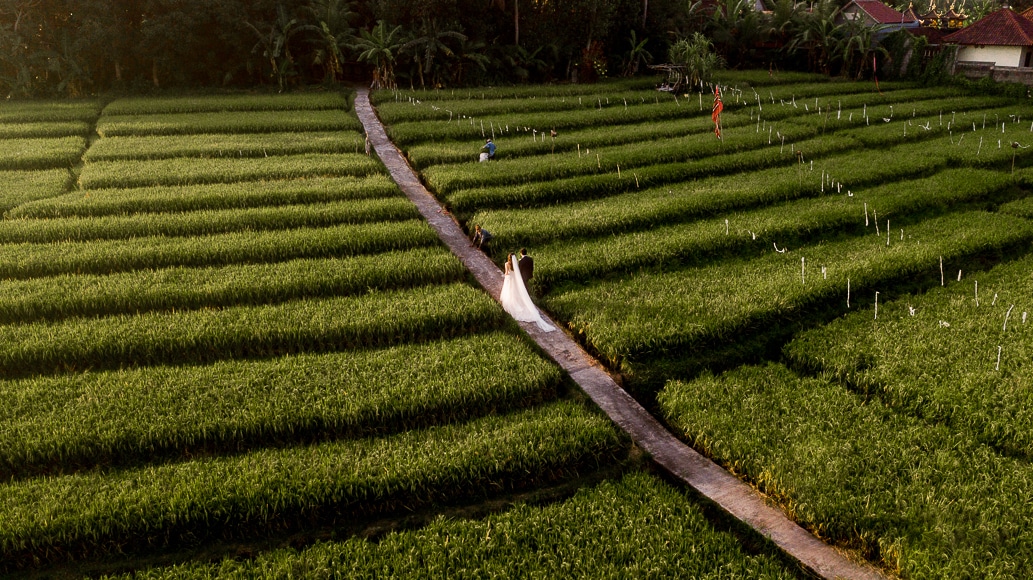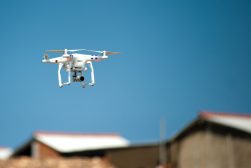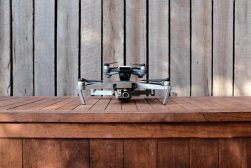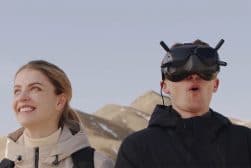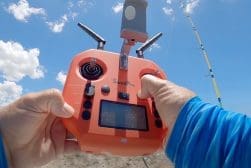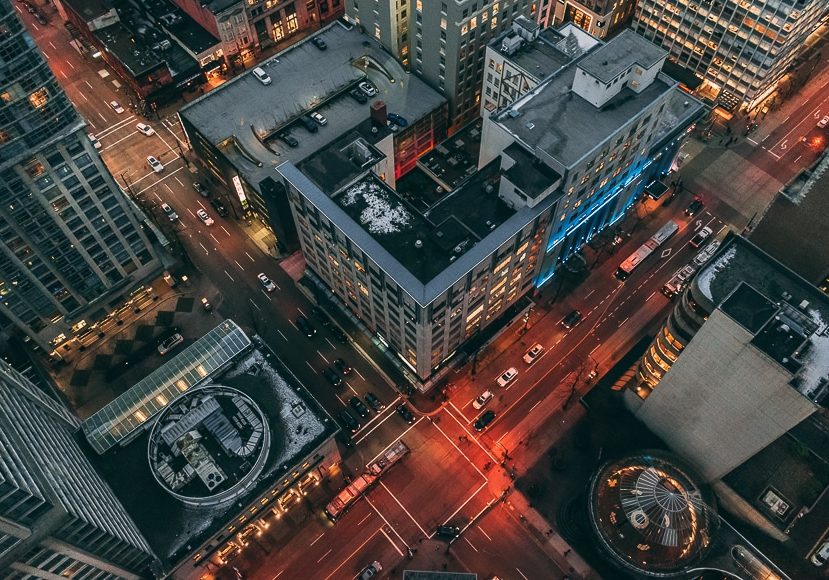
Guide to Bird’s Eye View Photography
Providing viewers with a bird's eye view in your photography is a great way to get your images to stand out. Learn 5 tips and get inspired with these examples.
Learn | Photography Guides | By Greg Cromie
If there’s one image capture technique that can instantly elevate your photography, it’s by using a bird’s eye view.
Poor puns aside, bird’s eye views are alluring and exciting camera angles since they aren’t common in everyday life.
An aerial view can make even the most mundane object intriguing… and it doesn’t always require a drone or hot air balloon!
In this guide, we’ve curated some great bird’s eye view photography examples for your inspiration.
We’ll also offer some tips and techniques so you can produce your first bird’s eye view photo at home or on your next photoshoot.
Time to open your mind to a new top-down perspective! Let’s dive in.
What does Bird’s Eye View mean in Photography?
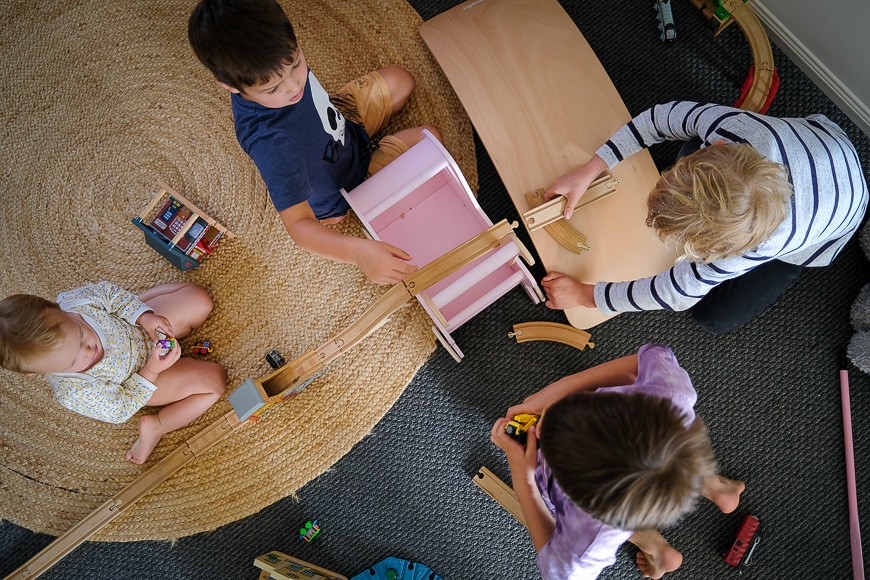
Nowadays, when we think of bird’s eye view in photography, we instantly think of drone shots. And while using a drone is a great way to gain the vantage point of a bird, there’s a lot more to it.
It’s important to clarify that bird’s eye view doesn’t have to be taken from a great height and is not strictly an outdoors genre – you can take bird’s eye view photos indoors and from just a few feet off the ground.
In photography, bird’s eye view means taking the photo looking down on something – either straight down or down at an angle. With this viewpoint, you can gain dramatic and exciting photos that draw the viewer in.
But this raises the question, ‘Why is viewpoint important in photography?’
Considering the viewpoint in photography is an essential element of creating a composition. A viewpoint is a position from where you take the shot while considering what the viewer will see.
On Shotkit, we’re famous for our top-down flat lay shots of the camera gear of talented photographers from around the world. We use a bird’s eye viewpoint so that you enjoy a visually fun and exciting shot – see the example below.
Why is Birds Eye View used in photography?

Credit: Michelle Scott
Bird’s eye view is used in photography to create a composition that draws the viewer in.
As upright beings, we tend to look out towards the horizon. Our DNA and understanding of the world demand a horizontal viewpoint.
When we use a bird’s eye view in photography, the vertical or downward viewpoint fascinates us as it’s not what we’re used to.
When done right, bird’s eye view photography also creates a little bit of vertigo – nothing harmful. It’s just our brains adjusting to that altered viewpoint – the same feeling you get when you’re in a tall building looking down on the street.
That slight dizzy feeling causes excitement and adds to the drama of the image.
How Can You Photograph a Bird’s Eye View?
There are several ways to offer an elevated view or aerial viewpoint in your photography… and thankfully, not all of them involve hiring a helicopter!
Here are some ideas to help you get that coveted bird’s eye view shot:
- Fly a drone – By far, the most popular way to achieve bird’s eye view shots is with a drone. For dramatic video and bird’s eye photography, it’s hard to beat the perspective of a drone. The idea of piloting a drone is a lot of fun – although the reality of dropping a drone in the ocean is scary. Fortunately, drones are incredibly affordable (under $200!) and are a worthwhile investment in your wedding or landscape kit. A great example is the DJI Mavic Mini – lightweight, easy to fly and affordable.
- Mount a camera on a monopod or tripod – A quick and straightforward way to get bird’s eye shots is with the monopod or tripod you already own. Extend the monopod to its longest height and attach your gear securely to the mount – make sure it’s tilted down at an angle. Using the self-timer, set the delay for 10-seconds. With a lightweight monopod, you can hold it up as high as you can while considering the downward angle of the lens. Check out the video above for an example of this and how to stitch multiple images together.
- Use a 360-degree camera on a pole – Another novel approach is to use a 360-degree camera mounted to its ‘invisible’ selfie pole. Hold the pole up high to capture images or footage. The best bit about using a 360-degree option is that you can select which view or angle of footage you want to use to build an image.
- Stand on a chair – If you’re working indoors and want to take a shot of a flat lay, meal or family member, stand on a chair. It’s a simple way to get an indoor bird’s eye view. The same applies to a stepladder, larger ladder or the hood of your hire car – proceed with caution!
- Stand above someone – The easiest way to get bird’s eye shots is to stand over someone. With your model lying on the ground looking up, stand over them with your legs on either side of their body. Keep your legs out of the frame and watch where your shadow falls.
- When kids are playing – Little kids play and explore at ground level. Take a bird’s eye shot of them caught up in the moment.
- Hire a helicopter – If you have the resources and want to take fascinating bird’s eye view shots of a busy city, hire a helicopter. You have our blessing to capture stunning aerial views!
5 Tips for Powerful Bird’s Eye View Photography
1. Bird’s Eye View Your Best Life

The hashtag #BEV or Bird’s Eye View photography is very popular on social media sites such as Instagram.
If you’ve spent any time on Insta lately, you’ll have seen a trend where people set up an ideal (“living my best life”) scene. You can achieve this look with a bit of planning and some bird’s eye selfies.
Set up a scene in a room with natural sunlight streaming in – preferably across a sofa or comfy chair where you intend to sit.
How Much Do You REALLY Know About Photography?! 🤔
Test your photography knowledge with this quick quiz!
See how much you really know about photography...

Beside the sofa, place a coffee table with a perfectly brewed cup of coffee or herbal tea.
While in comfy linen pyjamas, lounge in your seat and browse a book. Take a selfie from a higher angle or have someone take it for you. Be sure to look carefree!
While I poke fun at this viral trend, you can have a lot of fun with bird’s eye photography here – take shots in the lounge, bedroom or in a bathtub full of flowers.
2. Bird’s Eye View Your Dinner
A lot of food photography occurs at eye level – as a result, it’s a little tasteless (See what I did there?).
Bird’s eye photography is incredibly effective with food photography. It raises the question, “How do you take bird’s eye view picture of food?”
If you’re styling a single plate of food, you can take a top-down shot from standing height or from a high angle.
Some cameras have a flip-down screen allowing you to shoot straight down and still frame the shot on the LCD – this is a really useful feature when shooting top down shots.
If you want to shoot a more extensive spread of food, such as a dining table laden with your best crockery and stunning dishes, you may need to take a different approach. In this case, I recommend using a step ladder to get up high.
Either way, BEV’ing your dinner is a great way to capture food photography.
3. Plan Your Bird’s Eye View Shot with Technology
If you intend to head outdoors to capture some bird’s eye view images, it’s essential to take the time to plan your shoot with a map.
A map is especially critical if you intend to fly a drone. Apps such as Google Maps and Google Earth provide the ultimate preview of your intended bird’s eye photography. Plus, the map guides you to your destination and helps plot your course.
With a list of destination marked on your map, you’ll need to research if you’re allowed to fly a drone in those areas.
Most cities, national parks and suburban areas have rules about drone control. Search for a drone site map that shows no-fly zones and safe places to fly.
Aside from a map, an essential part of the planning process for drone photography is to check the weather on a local website or app. While the sky might be clear, the wind will ruin your flight.
4. Get a Bird’s Eye View From Buildings
If you don’t have access to a drone, or can’t fly one in the area, consider other methods.
Getting to a higher vantage point may be the best option. In a built-up or city area, buildings provide the best vantage point for bird’s eye view photography.
Cities all over the world have buildings that tower above the streets – many have observation decks ideal for photography. If travelling, research and locate suitable buildings for a great aerial view.
A bird’s eye view shot from the top of the Eiffel Tower will capture people enjoying the parks below. Even the top floor of a New York City car park will provide an excellent view below.
Photographs captured from these perspectives add a whole new twist to your travel pictures.
5. Do Whatever It Takes For A Bird’s Eye View
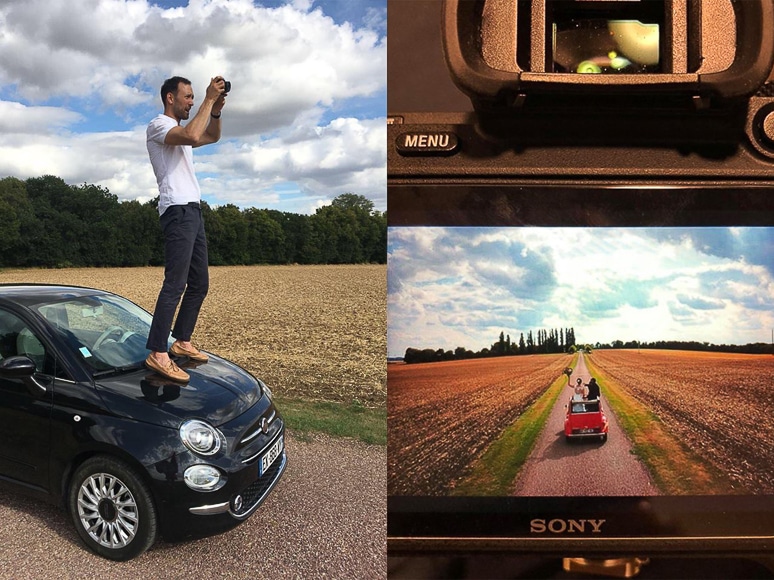
Doing whatever it takes for a bird’s eye view photo is pretty self-explanatory.
Be on the lookout for fun and challenging ways to capture a stunning bird’s eye view pic – provided you stay safe. Get up on objects to take landscape, portrait and group shots from a new vantage point.
Park benches, brick walls and even the hood of a rental car make for easy ways to gain a bird’s eye view in your photography.
How to get a Worm’s Eye View
What’s the opposite of Bird’s Eye View? You’ve guessed it – a Worm’s Eye View!
Here are some ideas on how you can achieve this a worm’s eye view perspective in your photography:
- Put your camera on the ground facing up or at a steep angle with a wide-angle lens. Set the self-timer for 10-seconds to give you time to get your composition ready.
- Apply this view at a party and position the kit amongst a group of guests. Be mindful of people wearing skirts!
- Place the camera in the garden amidst thick foliage and tall grass. It’s literally a worm’s view – if they had eyes.
- Photograph the family pet or a young child sitting on a glass table. Lie under the table and take the photo facing upwards.
- Set up a product shot on a sheet of glass suspended above a table – perhaps resting between two tissue boxes. Place your camera underneath and shoot up. Include yourself in the frame, reaching down for the product.
Final Words
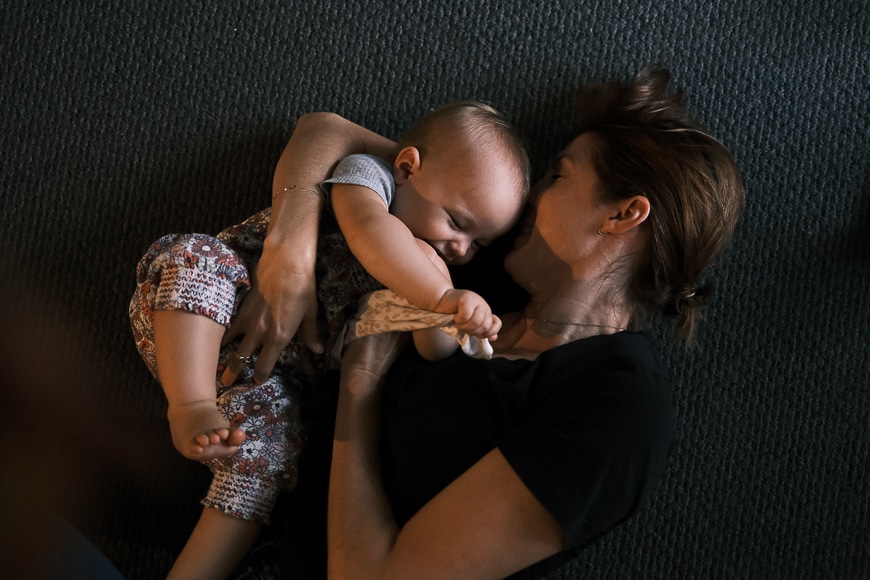
As you can see, it’s simple to create photos with exciting perspectives. Achieving a bird’s eye view in photography doesn’t require a death-defying ride in a helicopter.
You can achieve bird’s eye view shots right now at home with high viewpoint shots of your lunch, kids at play or a portrait shoot with your partner in the tub.
With the gear you already own, a little planning and the ability to think like a bird, you can capture stunning bird’s eye view photos every time.
Have you had any luck with attempting bird’s eye view photography? What style of photographs did you capture at home? Have you ever captured a landscape with a drone?
Share your experiences, comments and questions below to join the conversation. Happy Shooting.

Check out these 8 essential tools to help you succeed as a professional photographer.
Includes limited-time discounts.





